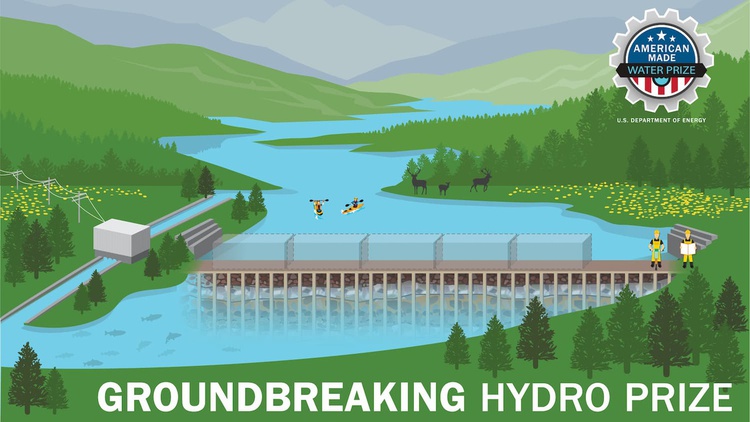Like roots to a tree, geotechnical foundations provide structural support to a hydropower facility, and must be developed to ensure stability, safety, and performance for decades. While foundations are central to dam safety, challenges in their design and construction can lead to major project delays and cost overruns, potentially jeopardizing a project’s success.
Through the Groundbreaking Hydro Prize, WPTO is soliciting solutions that address key challenges faced in one or more of the three foundation development phases, namely:
- Geotechnical Site Assessment: Activities performed to obtain information needed to design and construct a hydropower foundation system
- Foundation Design: Process of using information from the site assessment to perform analyses and develop a cost-effective foundation system that meets the project design criteria
- Foundation Construction: Activities performed by the contractor, from mobilization through project commissioning, to fully develop the foundation system.
Proposed methods, techniques, and technologies should aim to:
- Reduce construction costs
- Shorten overall installation times
- Minimize ground excavation
- Avoid disturbances in river connectivity during installation, operation, and maintenance (e.g., not use cofferdams when possible)
- Leverage advanced materials and techniques.
- Prevent foundation treatment failures.
Solutions may stem from within the hydropower industry or leverage lessons learned from a diverse set of fields, from maritime construction to advanced manufacturing, offshore wind, transportation, residential and commercial building industries, and beyond to develop transformative methods or technologies that can be applied to hydropower projects.
The Groundbreaking Hydro Prize will award $300,000 in cash prizes. Three finalists will be selected as the Groundbreaking Prize winners, each receiving $50,000; up to six Innovator Prize winners will be selected to receive $25,000 each.
Please review the official rules for the application process and instructions for competing.
Who can participate?
Please review the official rules for the application process and instructions for competing.
If you want to receive updates on the prize or have any questions, please subscribe by using the contact feature on the HeroX platform or reach out to us directly at .



